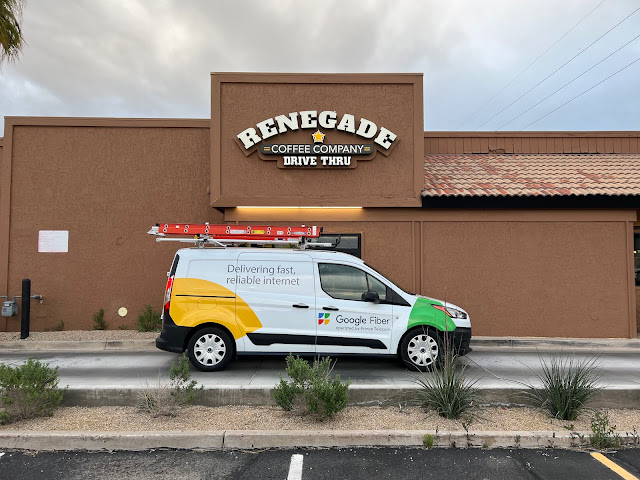Take me out to the ballgame! It’s that time of year, and Google Fiber is ready for a little baseball. Today, Bob Kendrick, President of the Negro Leagues Baseball Museum in Kansas City, highlights the work of the organization and some of their newest digital projects (both in the physical museum and online) that Google Fiber has helped the organization complete. Check out all the details below, and batter up!
The Negro Leagues Baseball Museum (NLBM) is the only museum dedicated to preserving and celebrating the rich history of African-American baseball and its profound impact on the social advancement of America. Our mission grabs the hearts, minds, and imaginations of the thousands of people who come visit us each year. The creation of the Negro Leagues is a wonderful story of triumph based on a simple principle: if I can’t play in the major leagues, I’ll create a league of my own. The Negro Leagues were established in Kansas City on February 13, 1920, out of the old Paseo YMCA, just around the corner from where our museum operates today.
Now we’re coming full circle, back to the very building that gave birth to the story we are charged with preserving. Now, that same Paseo YMCA is being converted into an education and research center in memory of the late, great Buck O’Neil. Google Fiber is one of our sponsors for this project, providing high-speed internet to the building, creating better access for the many community members who will be using this space. Our new Buck O’Neil Education & Resource Center will offer expanded exhibit opportunities, classroom space, and event space, and an interactive baseball experience that examines the math and science of baseball.
In addition to this new resource center, with Google Fiber’s support, we’ve developed several online exhibits and avenues for all audiences to engage with the Negro Leagues’ history.
Our Barrier Breaker exhibit is an online exhibit that chronicles the players who broke the color barrier for each major league team. We all know the heroic story of Jackie Robinson, but many other integration pioneers’ stories have not been widely told. The Barrier Breaker exhibit aims the spotlight at those lesser-known integration pioneers and commemorates the 75th anniversary of Jackie Robinson stepping onto Ebbets Field in Brooklyn.
The Negro Leagues Beisbol exhibit celebrates the little-known, but very profound, connection between the Negro Leagues and Spanish-speaking communities. Spanish-speaking athletes were also not allowed in the major leagues, so many of them found sanctuary playing in the Negro Leagues and many Negro Leagues players found sanctuary playing in Spanish-speaking countries. This created a brotherhood between minority players, and they bonded through baseball. The online exhibit celebrates this cultural connection.
And we’ve got so much more going on. We recently released a new animated series in partnership with the MLB, called Undeniable. I had the honor of narrating three animated shorts spotlighting the incredible impact of the Negro Leagues and the women who were a part of that history, along with the story of how Jackie Robinson became the chosen one to break the color barrier — you don’t know the full story, so make sure you check it out!
And just in time for Opening Day 2023, NLBM will debut on the PlayStation video game, MLB The Show 23. For the next five years, we’ll introduce eight new Negro League players to the game each year, accompanied with mini documentaries. You’ll be able to step into the shoes of these historic players and learn more about their stories and accomplishments.
Since NLBM’s inception in 1990, we’ve grown from a grassroots one-room office to being recognized as America’s National Negro Leagues Baseball Museum in 2006. Now, with the help of Google Fiber, we’re continuing to expand our impact whether you can visit us in person in Kansas City or just learn the rich history of the Negro Leagues online in the comfort of your home. This is one story that never gets old, and we’re excited to continue to find new ways to tell it!
Posted by Bob Kendrick, President, Negro Leagues Baseball Museum
.jpeg)




.jpg)





.jpg)
.jpg)
 5 Gig offers symmetrical upload and download speeds with a Wi-Fi 6 router (or you can easily use your own), up to two mesh extenders and professional installation, all for $125 a month. Installation also includes an upgraded 10 Gig Fiber Jack, which means your home will be prepared for even more internet when the time comes.
5 Gig offers symmetrical upload and download speeds with a Wi-Fi 6 router (or you can easily use your own), up to two mesh extenders and professional installation, all for $125 a month. Installation also includes an upgraded 10 Gig Fiber Jack, which means your home will be prepared for even more internet when the time comes.

